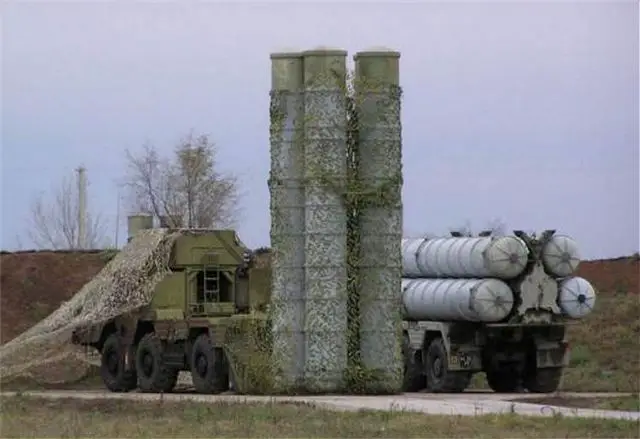|
|
|||
|
Defense & Security News - Kazakhstan
|
|||
|
|
|||
| Five S-300 PS air defense missile battalions will enter in service with army of Kazakhstan. | |||
|
Kazakhstan will put into operation five battalions of Russian-made S-300PS (NATO reporting name: SA-10B Grumble) surface-to-air missile systems before the rend of the year, Kazakh Defense Minister Saken Zhassuzakov said.
|
|||
|
|
|||
 S-300PS mobile TEL (Transporter Erector Launcher) vehicle |
|||
|
|
|||
|
"I would like to attract attention to air defenses. As of today, we have received five battalions of S-300PS air defense missile systems from Russia. We will put them into operation at the end of the year and the air defense issue will be virtually resolved," Zhassuzakov said.
According to him, Kazakhstan has launched the production of the NUR three-dimensional radar. "We have set up the first radar to cover Astana. The second radar is being established in Karaganda," the defense minister said. "We are planning to purchase more radars of the type in future to replace obsolete ones," he added. According to Zhassuzakov, special attention has been paid to Astana’s air defense. "We have deployed forces and systems here and are purchasing radars to monitor low-altitude targets," he added. In august 2016, Russia has signed an agreement to expand bilateral technical and military including the delivery of five additional S-300PS surface-to-air defense missile system. In December 2015, Russia completed the transfer of S-300PS systems to Kazakhstan. The S-300 PS is an upgrade version of the S-300 PT, a typical battery S-300 PS battery includes one 5P85S TEL, two 5P85D TEL/Transloaders, and one mobile 5N63S Flap Lid B radar. The S-300 PS also featured the new 5V55R missiles which increased maximum engagement range to 90 km and introduced a terminal semi-active radar homing (SARH) guidance mode. |
|||
|
|
|||
|
© Copyright 2017 TASS. All rights reserved. This material may not be published, broadcast, rewritten or redistributed.
|
|||
Five S-300 PS air defense missile battalions will enter in service with army of Kazakhstan TASS 12504172
- Posted On














